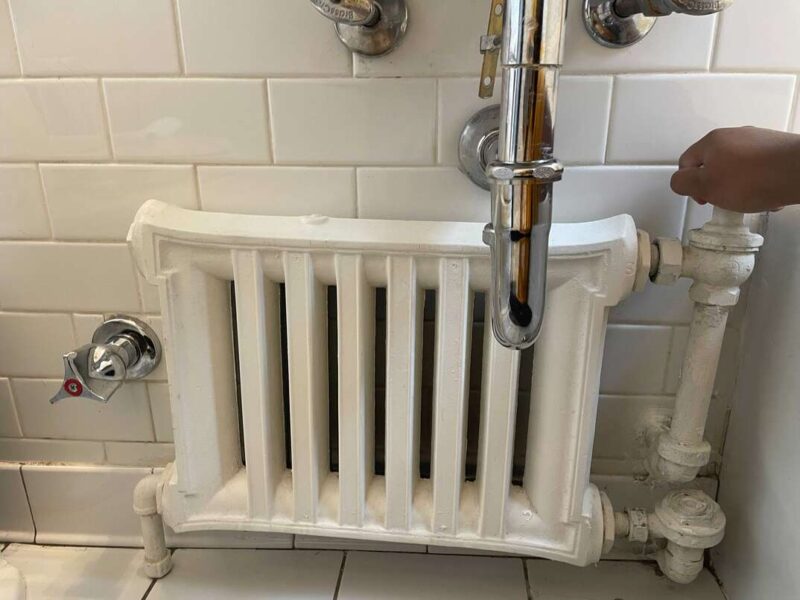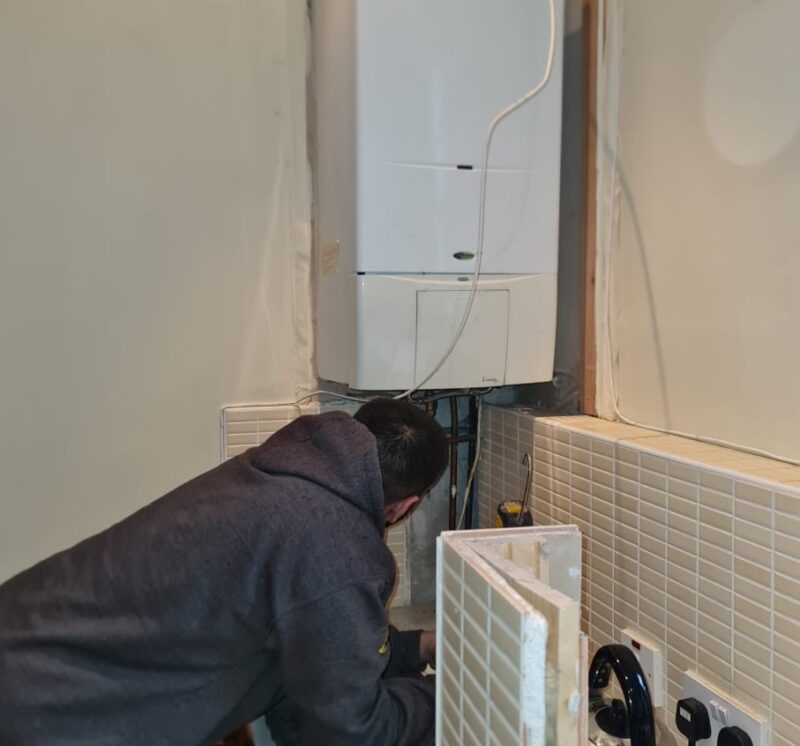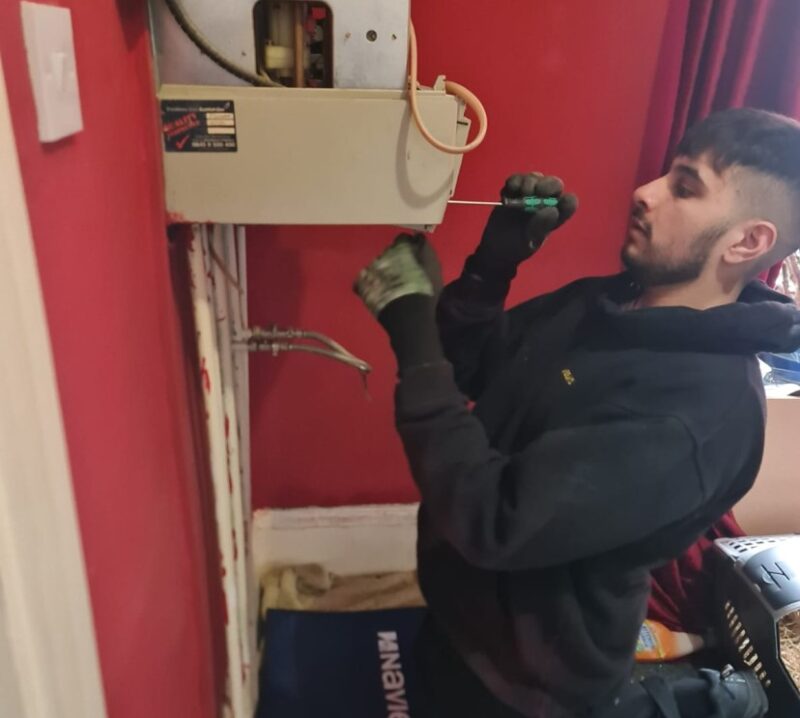Glasgow’s historic homes are a proud part of the city’s rich architectural landscape. From elegant Victorian terraces to charming sandstone tenements, these properties tell stories of a bygone era and offer a unique character that modern buildings often lack. However, when it comes to essential upgrades like boiler installation, older homes can present a few extra challenges that homeowners should be aware of.
Whether you’ve just moved into a beautiful period property or you’re planning to upgrade an outdated heating system, understanding the specific considerations for historic homes can save you time, money, and frustration in the long run.
In this article, we’ll explore what makes boiler installation in older Glasgow properties different, the key factors to think about, and some best practices to ensure a safe, efficient, and long-lasting solution.
Understanding the Challenges of Older Properties

Historic homes often come with quirks that make boiler installation a bit more complex compared to modern buildings. These challenges typically include:
1. Outdated Pipework and Radiators
Many period homes still have old steel or iron pipework and radiators that may not be compatible with modern high-efficiency boilers. In some cases, the entire heating system may need upgrading to handle the water pressure and flow rates of today’s boilers.
2. Limited Insulation
Older properties usually lack proper insulation, which can impact the boiler’s efficiency. Without adequate wall, floor, or loft insulation, heat loss can be significant, forcing the boiler to work harder and increasing energy bills.
3. Restricted Space
In some traditional Glasgow homes, space can be limited—particularly in tenement flats or townhouses. Finding a suitable location for the boiler and necessary pipework can be tricky and might require creative solutions.
4. Ventilation and Flue Regulations
Modern condensing boilers need a flue system to safely discharge gases, but installing these in thick stone walls or listed buildings can be challenging. Building regulations may also impose restrictions on where and how a flue can be fitted.
Key Considerations for Boiler Installation in Historic Glasgow Homes

If you’re thinking about replacing or installing a boiler in an older property, here are some crucial points to consider:
1. Type of Boiler
The most suitable boiler will depend on your home’s size, layout, and heating requirements.
- Combi boilers are great for space-saving but may struggle if you have multiple bathrooms.
- System or conventional boilers work well for larger homes with higher hot water demands and may integrate better with existing pipework.
It’s best to consult a qualified heating engineer to assess the most compatible system for your home’s specific needs.
2. Assessing the Existing Heating System
A thorough inspection of the current pipework, radiators, and water pressure is essential. Old pipes might be too narrow or corroded, which can restrict water flow and damage a new boiler over time.
In some cases, a power flush might be recommended to clear out sludge and debris before the new boiler is installed.
3. Energy Efficiency Improvements
While the boiler is a crucial part of your heating system, improving your home’s insulation can significantly boost efficiency. Consider adding:
- Loft insulation
- Secondary glazing (if double glazing isn’t possible)
- Draught-proofing doors and windows
These simple upgrades can help reduce heat loss and make your new boiler much more cost-effective to run.
4. Compliance with Building Regulations
Installing a boiler in a historic home, especially if it’s a listed property, may require special permissions or building warrants. Flue placement, external vents, and changes to the building’s appearance must comply with local regulations.
It’s always a good idea to check with your local council or a trusted heating engineer familiar with Glasgow’s regulations to avoid potential fines or rework.
Best Practices for Successful Boiler Installation

To ensure a smooth and efficient boiler installation in your Glasgow period home, follow these best practices:
1. Work with Local Experts
Choosing a company experienced in boiler installation Glasgow projects, particularly in older homes, can make a significant difference. Local engineers are more likely to understand the common structural layouts, typical challenges, and council requirements that come with historic properties.
2. Consider Long-Term Costs, Not Just the Initial Price
It might be tempting to go for the cheapest boiler, but selecting a reliable, energy-efficient model can save you much more over time in fuel bills and maintenance costs.
3. Plan for Future Maintenance
Historic homes often require more ongoing care. Make sure the new boiler is installed in a location that is accessible for annual servicing and potential repairs.
4. Prioritise Safety
Old chimneys, flues, and pipework may need to be inspected for safety. Carbon monoxide alarms should always be installed near the boiler and in other key areas of the home.
5. Minimise Disruption
If you’re living in the property during installation, plan for some temporary disruption. Installing or upgrading pipework in older walls can be messy and time-consuming, but a good heating company will work efficiently to keep inconvenience to a minimum.
Final Thoughts
Upgrading the heating system in one of Glasgow’s historic homes can seem daunting, but with the right approach and expert advice, it can also be a valuable investment in comfort, efficiency, and long-term property value.
Taking the time to carefully assess your home’s unique structure and needs will not only ensure the best heating solution but also preserve the character of your beloved period property.
If you’re planning a boiler upgrade, remember that working with local specialists who truly understand the quirks of Glasgow’s historic homes can make the process much smoother—and more rewarding in the long run.


